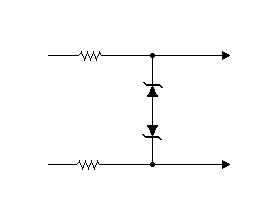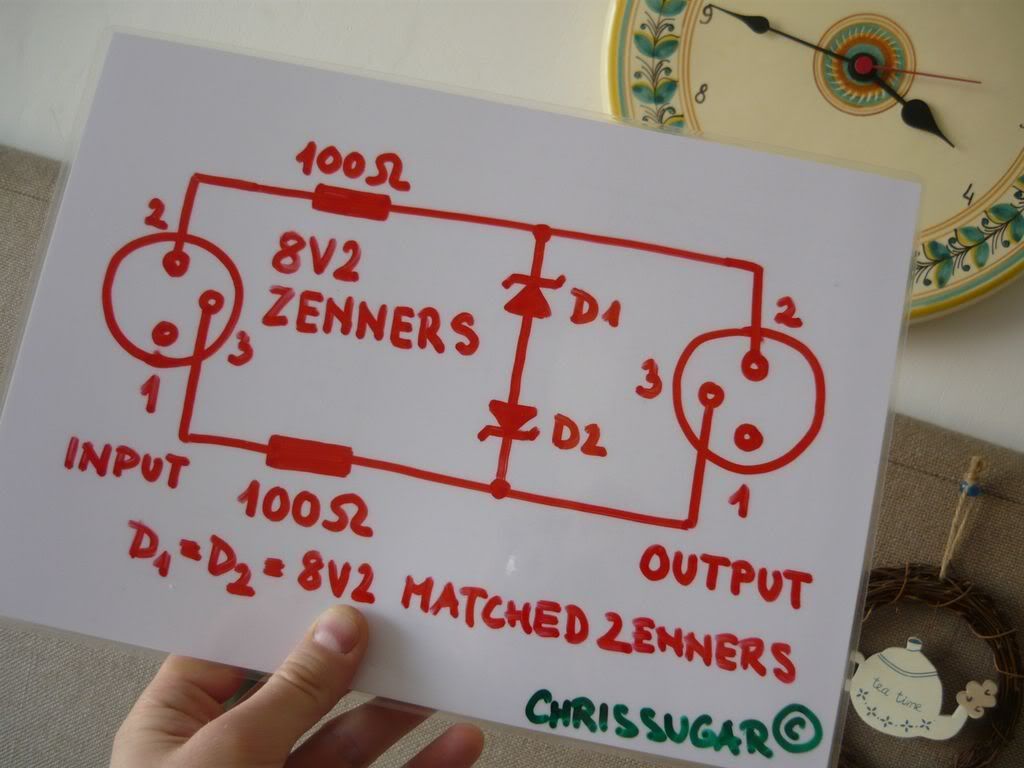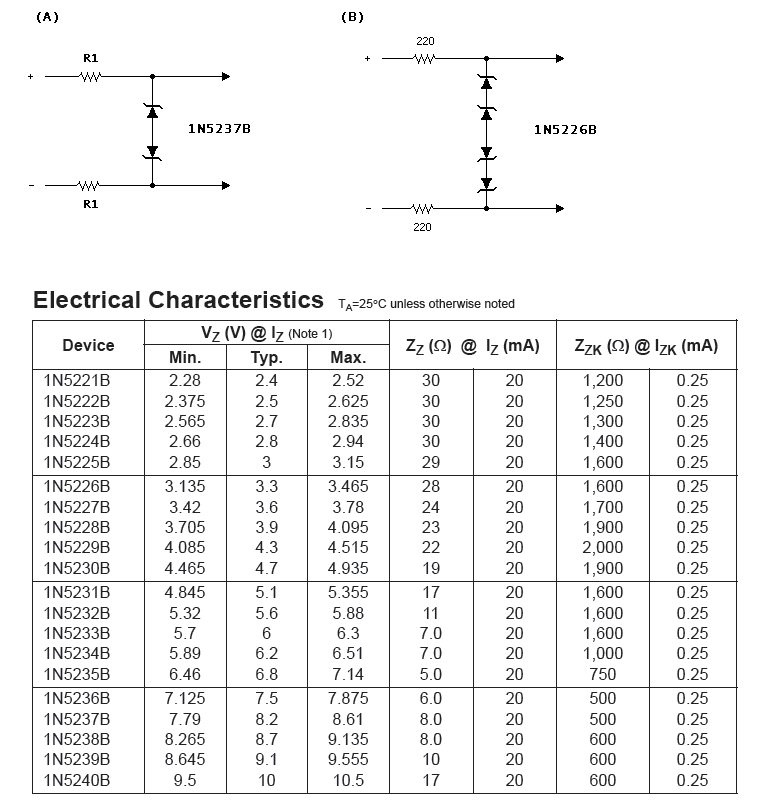AMZ-FX
Well-known member
I'm thinking the clipper is like this:

You only want the extreme peaks to be clipped and as little as possible. Most likely the clipped signal will be some low frequency impulse and it should not be very noticeable. If you clip a high vocal note, it certainly will be heard! The clipper is an overload protector so the A/D will not splatter - it's not an effect.
Germaniums are not very useful in this type circuit... they do not have a real knee at which clipping begins but instead begin to turn on gradually over a fairly wide range. They are so inconsistent you would have to buy a large number and match them for use.
The Headwize reference to my work with clippers is not really accurate concerning the sound that I found when analyzing different diodes.
regards, Jack

You only want the extreme peaks to be clipped and as little as possible. Most likely the clipped signal will be some low frequency impulse and it should not be very noticeable. If you clip a high vocal note, it certainly will be heard! The clipper is an overload protector so the A/D will not splatter - it's not an effect.
Germaniums are not very useful in this type circuit... they do not have a real knee at which clipping begins but instead begin to turn on gradually over a fairly wide range. They are so inconsistent you would have to buy a large number and match them for use.
The Headwize reference to my work with clippers is not really accurate concerning the sound that I found when analyzing different diodes.
regards, Jack




